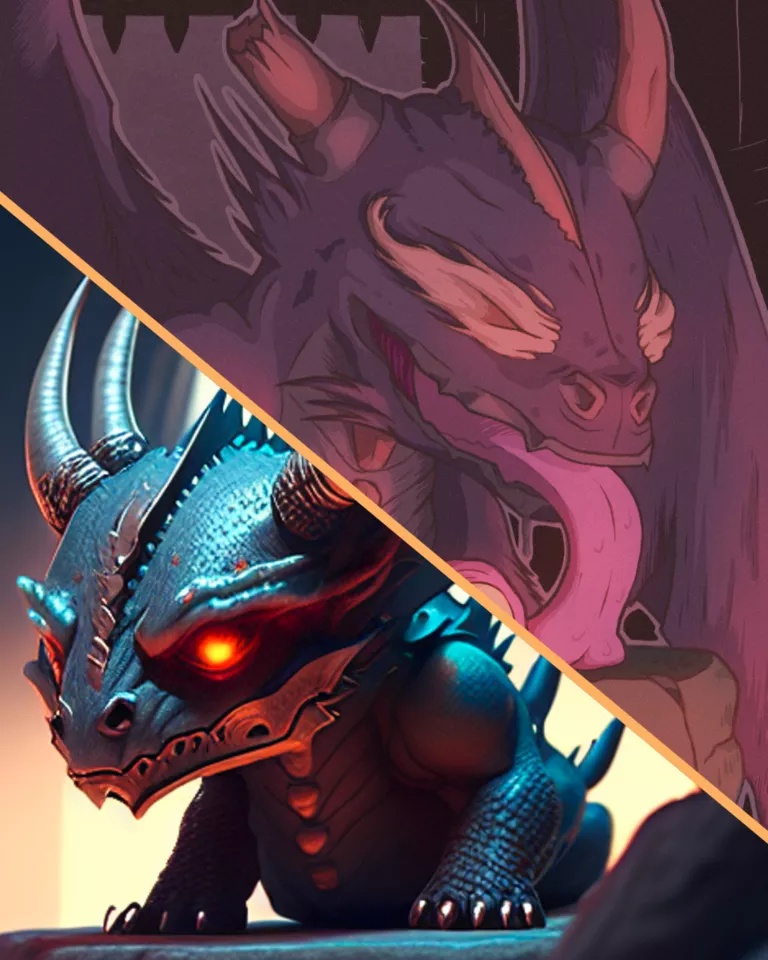I’ve expressed my opinion on AI-generated art. That post is a lengthier one. Here’s the TL;DR: The use of AI-generated art raises ethical questions due to its training methods. While there are benefits to the technology, we should use it with caution. The technology will keep on improving, and it’s not a bad thing in my view. So moving forward, I’ll adapt. We all will.
I know. I know. 🙄 The last bit sounds like the whole “adapt or die” argument, but it’s more like that we’ll adapt to progress as we see fit. 🤷♂️
In this post, I’m expanding on my reasoning on why I’m choosing to use these AI tools, when needed, as part of the process.
The Gray Zone#
As part of our process, we source ideas or use specific pieces of digital artwork as references. We sometimes lift aspects of them, like a pattern, a pose, facial features and so on. We do this to figure out how to achieve something and learn from it, and save time. 👀
It’s an ethical gray zone. It’s not right, yet it’s also not wrong. We all do it. Take a little bit here, and some there. If we take it too far, we know it’s not right to not give credit. 🫶
Unfortunately, I know how it sounds. It’s like I’m aligning with one of the arguments that generative AI “artists” use, and I’m not. I’m stopping short from how the AI learns.
The AI isn’t learning in the same way we do. That’s an important point to be aware of.
These AI models do make it easier to produce what seem to be amazing pieces of work. Yet, they don’t have any context of the thought process behind each prompt. It’s doing what it’s designed to do. It’s not thinking like a human, it’s thinking like a machine instructed to mimic decision-making.
There’s still the issue of the artists that had their work “stolen” to train these models. This needs its own post to get into it in detail. I’ll say this, though. If the goal isn’t to reproduce an artists’ digital artwork, then we’re operating within the same ethical gray zone.
I’m not wrong. You know I’m not. 😏
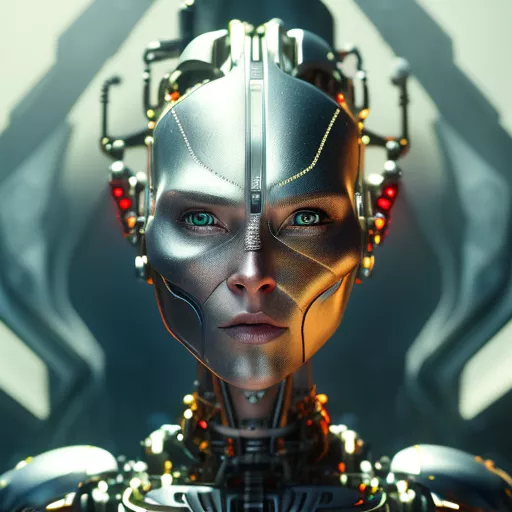
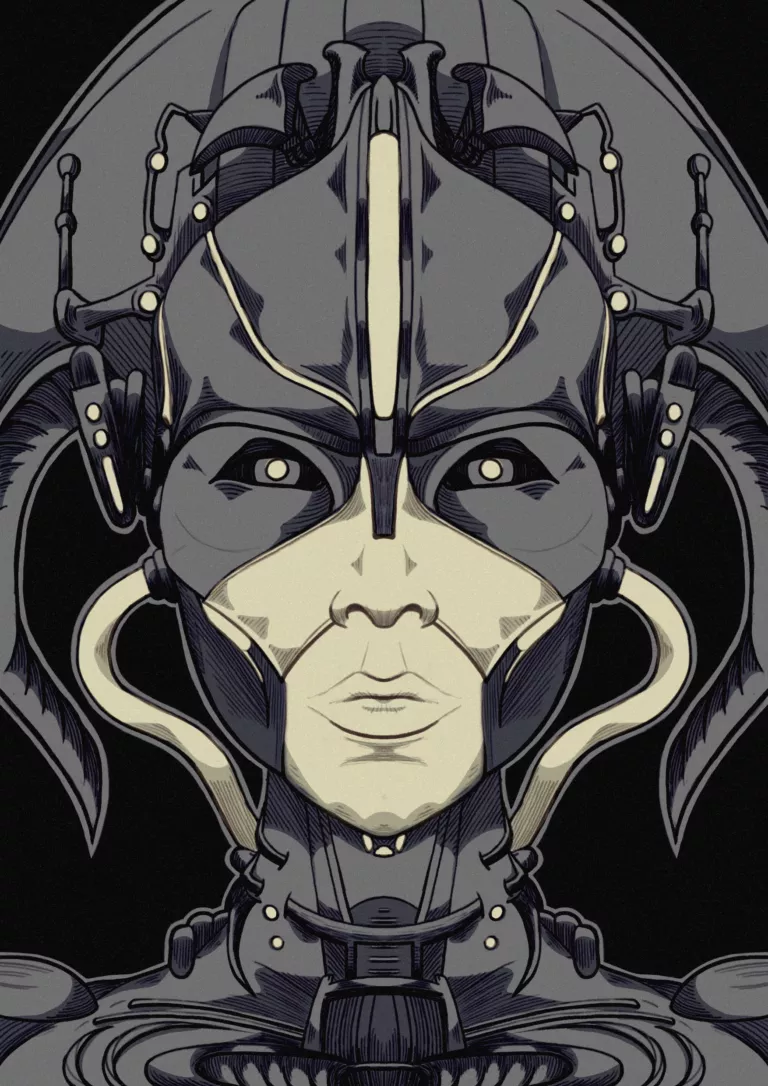
Why I’m not (but still) OK with it#
You’d think that that gray zone in respect to creating digital art makes it OK, or I’m OK with it. I’m not, but I have to be. I’m sure others feel the same way too.
I just wish that I could know it all and produce artwork or designs without having to reference anything. I can’t. We can’t.
How can we learn and improve if we can’t observe and experience everything around us? How can we invest our time in the appropriate place if we’re challenging it all at once? We can try, but we need to be realistic. 😕
Here comes the key thing that makes the AI’s part of this gray zone more compelling. When prompted, the AI is not just copying and pasting an output, it’s generating an output as set in the prompt. In other words, it’s transforming what it has learned to fit the prompt.
If I have to express it using the words “copying and pasting”, then it’s doing a heck of a lot of that to produce the result. It may not be 100% transformative work but, in my view, it’s far-flung from being a derivative one.
I’m aware that there are still shortcomings to what I said above. The AI models can still generate an exact piece of learned work, but the powers that be, and through further training, will solve this problem.
With all that said, we now have a tool that can assist us. Thinking of creating a character, the AI can produce a variety of them. A scene? Same. There’s no limit to what it can actually output. Fast!
Now compare this to doing all that without it.
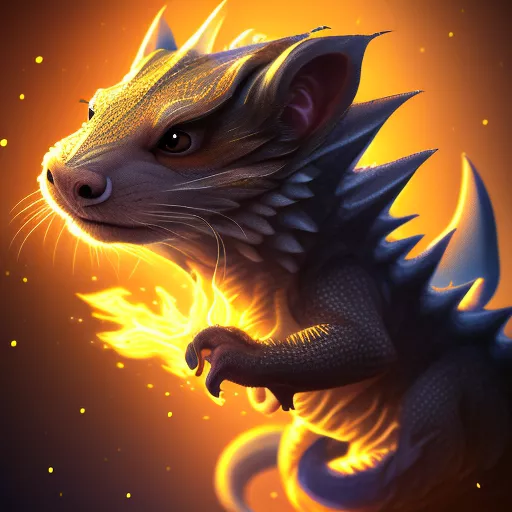
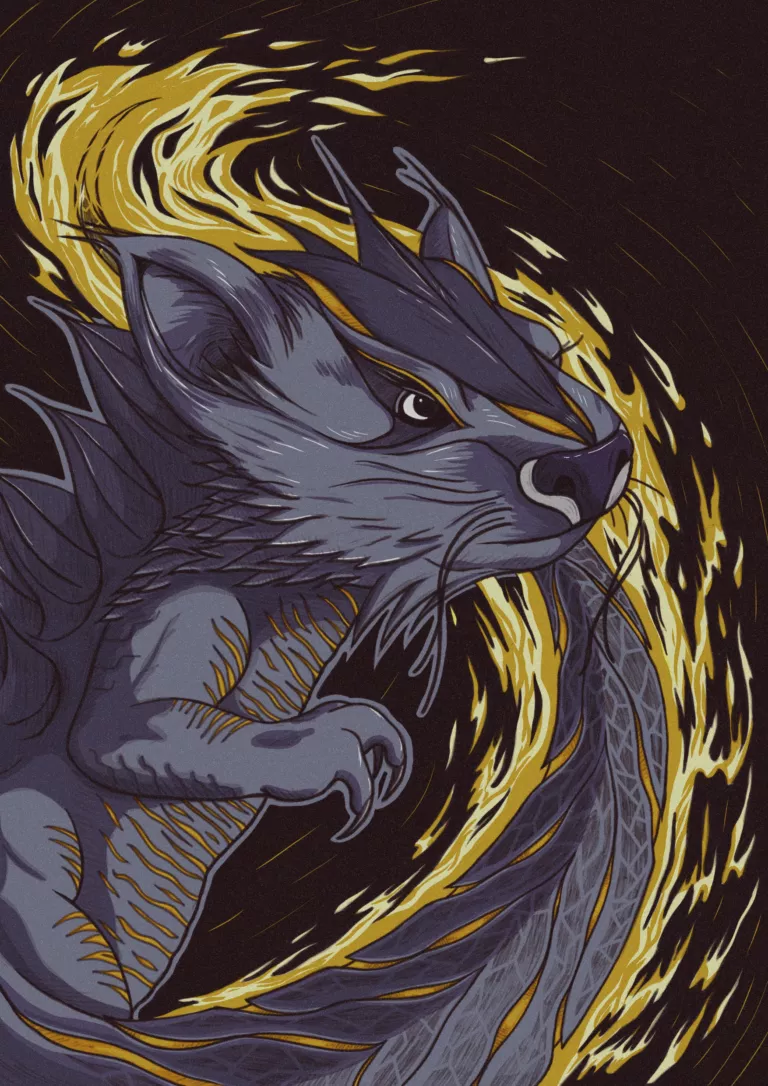
Not a new argument? Maybe not…#
I’m presenting my argument from that singular point — that gray zone that we know all too well. We shouldn’t gloss it over.
I know that I’ve presented it in a sort of circular argument that goes against itself. I’m not saying that we should stop observing the world around us and just use AI. No. We can continue to do that and learn to use this tool while accepting the fact that we’re in that gray zone.
Until the surrounding issues are resolved, it’ll stay in that zone. 👌
By the way…#
Noticed the digital illustrations in this post? When I shared them on social media, I didn’t disclose that I used the help of AI to create the subjects. It was out of fear of the current stigma.
I don’t like to lie, but it felt like I did. It was bugging me to the point that I stopped doing any more digital artwork.
Yeah… No. Enough. 😠
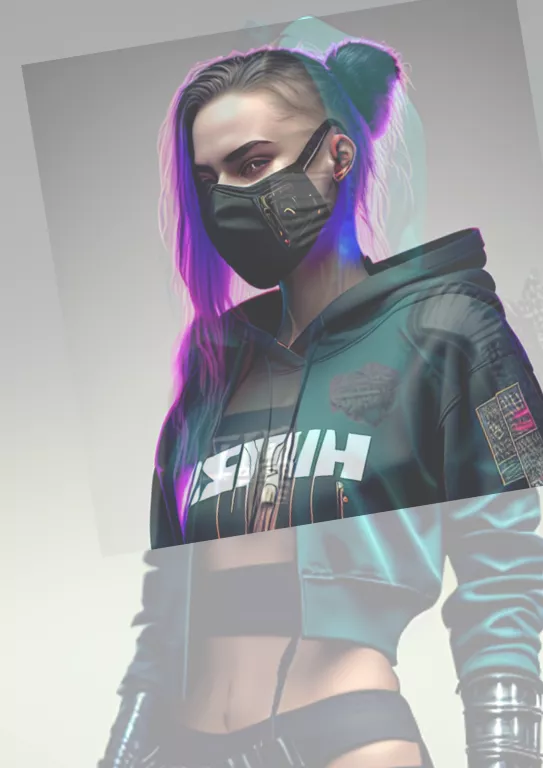
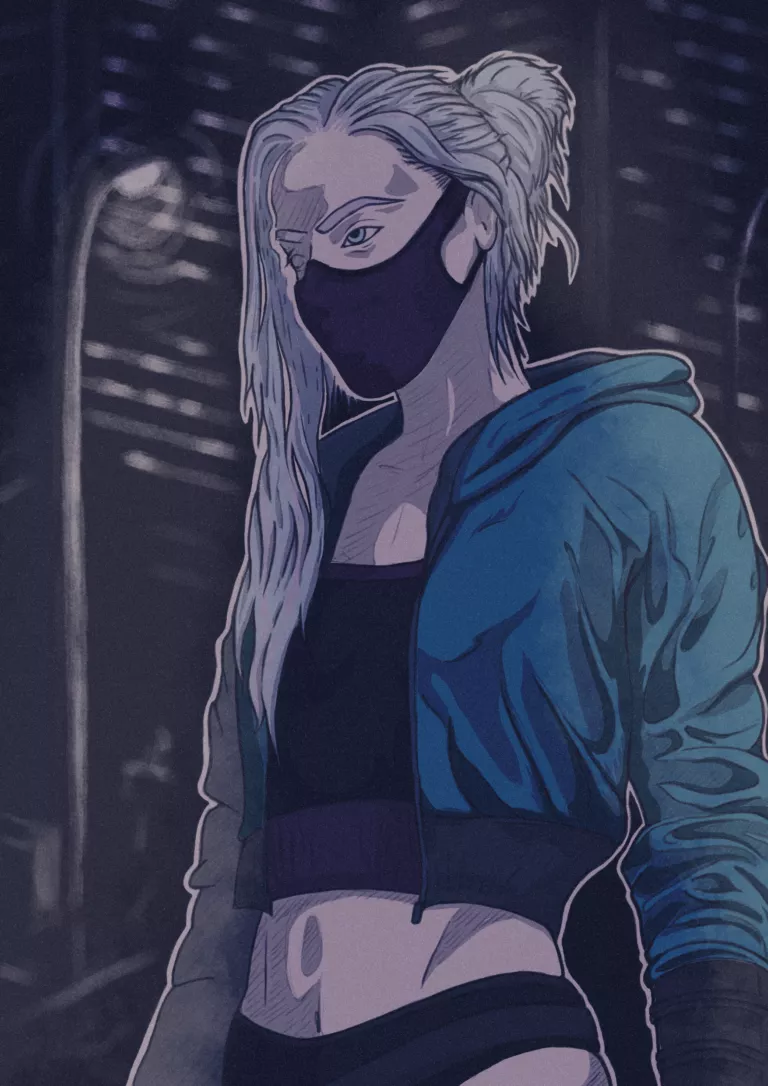
Why I’m already over it…#
If we continue to snub the tools and judge others that use them, then we’re not in control. This doesn’t make any sense to me.
If we want to drive the future of the technology, then we have to use it to understand it, and be part of the discussion. Not just react without fully understanding what we’re fighting against.
Look. I’m a designer and coder by trade, and I’m using digital art as an avenue for exploration. I’m of no particular note to the digital art community… Let alone the AI-generated art one… Even if I was, I’d be naïve to think that others, popular digital artists in particular, are not using AI in some way.
If I’m aware of this gray zone, then so are they.
😮💨
